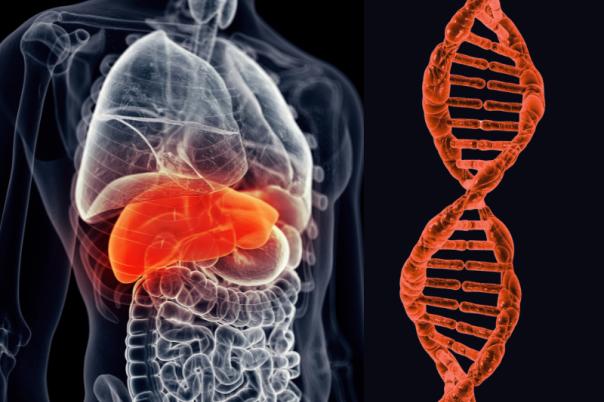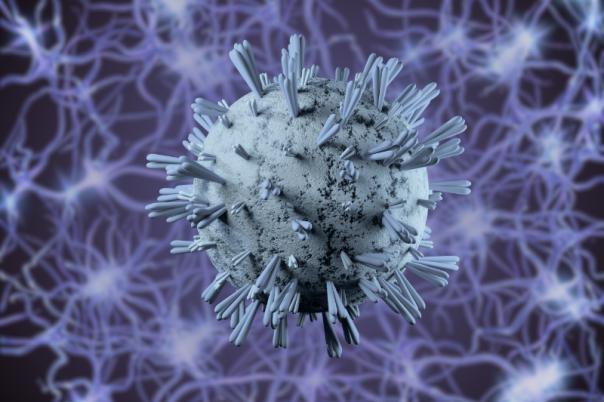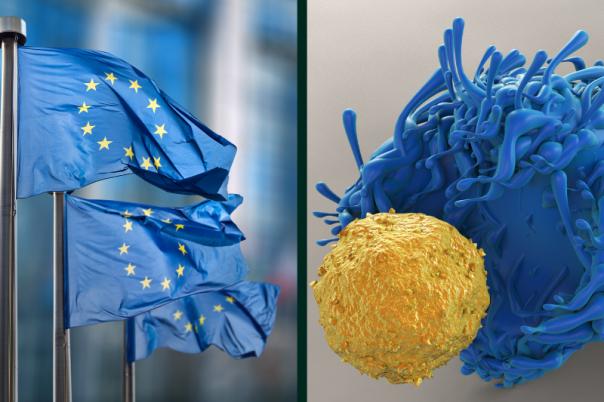Abdalla Mohamed, a Research Scientist at AstraZeneca, gave an overview of how scientists can use CRISPR to generate high-quality cell models for drug discovery projects. CRISPR is widely celebrated across the life sciences field due to its capabilities in gene editing, as well as its capability to identify unique biomarkers for therapies and uncover resistance pathways.
Mohamed explained that CRISPR Cas offers unparalleled flexibility regarding target identification. Unlike previous tools which could only identify a specific target, CRISPR can be used to identify multiple targets using guide RNA.
Mohamed highlighted further applications of CRISPR: “So the CRISPR did not only expedite identification and the validation of therapeutic targets, but it also has helped uncover biomarkers, unique therapies and even understand mechanisms.”
However, CRISPR still presents challenges to the scientific community. The key concern is off-target effects. Mohamed outlined how off-target effects can be addressed: “You can use high fidelity Cas variance in order to reduce off-target cuttings and to increase the on-target efficiency.” Furthermore, efforts to refine guide RNA designs have mitigated this issue.
Delivering Cas into cells in primary or complex cell lines can also be complicated. Still, ribonucleotide proteins such as Cas9 or mRNA in plasmid form can be used to facilitate the delivery. Lastly, model complexity adds further obstacles to this process. For example, creating a large number of copies for the target gene is
difficult: “If you have a huge number of copies through your gene of interest inside the cells, this might have a detrimental effect on the cell and it can be challenging.”
To enhance efficiency, the integration of automation and high-throughput technologies has proven invaluable. Automation accelerates processes such as clonal isolation and validation, while tools like next-generation sequencing enable large-scale analysis of editing events.
Mohamed also suggested that small molecule enhancers play an important role, he stated: “They (AstraZeneca) have shown that using combining the use of DNA protein kinase inhibitor and molecule inhibitors in combination, you can improve the efficiency of the knock-in and you get precise genome editing,” he continued, “And they have validated the results across different genes and they have used different cell lines like HEK293T or even primary cell lines like iPSCs.”
To wrap up, Mohamed demonstrated how combining CRISPR with automation can increase the efficiency of cell model generation. Despite numerous challenges, CRISPR-Cas9 has become an indispensable technology for generating robust cell models, with applications spanning the drug discovery pipeline.





